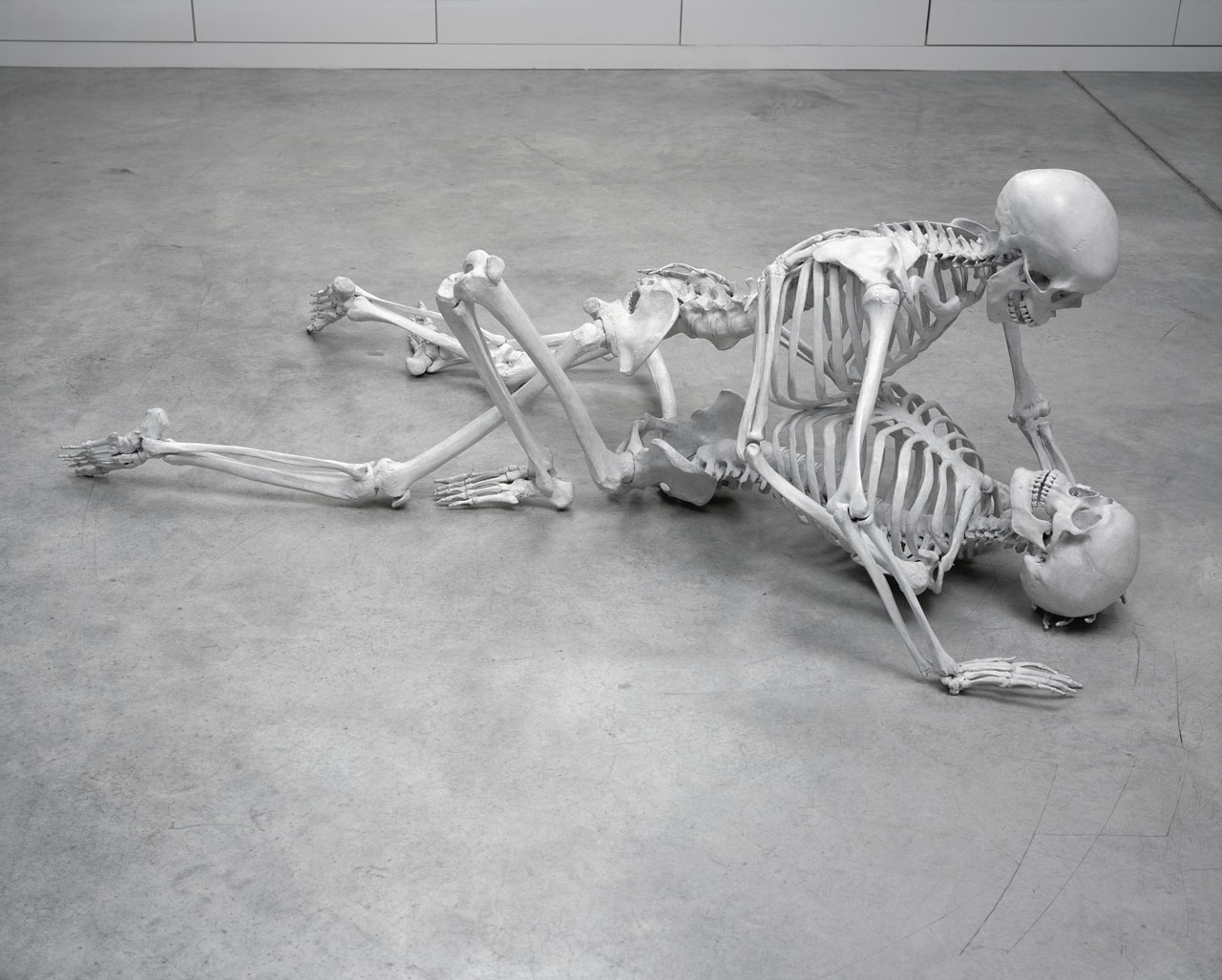
Foundation
Marc Quinn
October 5 → January 6, 2008
Gathering over forty recent works, DHC/ART’s inaugural exhibition by conceptual artist Marc Quinn is the largest ever mounted in North America and the artist’s first solo show in Canada
As part of its public engagement project Incandescences, the PHI Foundation invited four artists to come up with different interventions to reactivate its archives. Designed in conjunction with the Lee Bae: UNION exhibition, Incandescences is inspired by Bae's use of charcoal: a substance that is remnant of a past combustion and also allows other fires to ignite. Each participating artist combines their artistic practice with tasks related to teaching, research, mediation or administration. This dual role, which is prompted by both the artists’ desire to actively participate in the formation of a milieu and by the necessity of the tasks that must be done given the precariousness of this same milieu, also evokes coal—a material whose uses are as practical as they are symbolic.
Helena Martin Franco was the first artist to take part in Incandescences. Her research, which took place in March 2021, first took the form of an intervention on the floor of the Foundation's education room. The artist put down long strips of beige cardboard to trace the contours of objects from our past educational activities. These long strips, which are the same ones used to protect the floor of our spaces during the installation of exhibitions, give a glimpse of the artist's research process as a map. Helena then produced a video documenting her process as well as an online performance entitled Freehand Absence. By thinking of the video's frame and her own body as contours to be retraced (and redefined), this performance makes public the artist’s reflections by allowing them to step out of their initial settings.
I spoke with Helena to learn more about her process and the questions that permeate Freehand Absence.
Daniel Fiset: What were your tactics for starting the research process in the Foundation's archives? What motivated this initial exploration?
Helena Martin Franco: I came in with the intention of building on decolonial concerns that had already been stated in my earlier work with Fritta Caro. The idea was to see what I could do with that perspective once I was at the Foundation. Instead of searching through everything that had already been thought about and written about, I wanted to find what was not yet named. I wanted to trust the material, the found objects, their textures, their colours, the sensations. The thickness of the air, the space itself—which is the depository for all this content.
DF: What first caught your eye in the archives?
HMF: On our first visit to the [Foundation's education] room, the presence of packing supplies stood out as a subject in itself. It suggests the protection of precious works and objects. However, by taking care of these objects, we hide their identities. Their contents are no longer accessible to visitors. I then thought of the absentees, the works that were never there to be protected. From a decolonial perspective, we can make the connection between this absence and the stories, memories, visual languages and aesthetics that have not been told, exhibited or considered important.
In my initial intervention, I refer to a performance by María Teresa Hincapié [Una cosa es una cosa, from 1990], in which she presents objects from her house to make and remake a spiral drawing on the floor of the exhibition room. I decided to do the same and chose to take objects out of storage to draw them along the perimeter of the education room, knowing that they would be stored once more. The objects, the material, the words would appear and disappear. As I made the links between them visible, as I traced their outlines, other thoughts related to absence and presence came to me. I had the feeling that the links between the absences were already there, but invisible—I tried to listen to them and then to name them, but the gaps are huge. I find it more and more difficult to conform. We live in a period of major claims—we are tired of things not being named. We have sometimes been too embarrassed to name certain abuses, and the new generations have clearly identified this need to make claims. We can call this process "decolonial": the representation of a need for rewriting, the criticism of a hegemony.
DF: In the text presenting your performance, you mention the idea of the "coloniality" of institutions. I think the term is in line with what you said earlier: a decolonial process begins with the ability to name it.
HMF: Yes, I was reminded of the question Walter D. Mignolo asks us: "where and how does coloniality affect us?” We must identify it, try to see and feel it, as it acts differently in each of us depending on our place in the institution. In order to engage in a decolonial process, one must feel the need to do so, and to do so, one must be aware of the violence that certain modes of power entail. There are two interrelated questions: how does this violence feel, and how are we part of it? The performance reminds us that these questions are intimately linked to the body.
DF: Can you tell me more about these invisible links that you have observed, and that you make visible in the video process and in the performance?
HMF: It was important for my research to open up. Instead of simplifying, I wanted to respect its complexity and the need to add new references. This is an approach I learned from the collective movement of feminism—the importance of making connections and making the work of my colleagues visible. I was mindful of the events that occurred during my time in the education room from April 2 to March 6. So I refer to the presence of artists who are reflecting on the recognition and reaffirmation of their bodies at the same time as me, like arkadi lavoie-lachapelle and LaViolette (Se toucher, presented in Montreal from March 11 to 14) and like Johana Cervantes, Elsy Arango, Maira Bertel (De la Implosión a la Impronta, presented online from March 12 to April 12). Also, I think that this pandemic period invites us to use technology to break down the barrier of geographical and temporal boundaries. My intervention transits through Mexico when I quote Sayak Valencia or Francesca Gargallo, through Colombia when I mention María Teresa Hincapié and Las Meninas Emputás!, through Cali and New York when I talk about Extractivismo (2015) by María Evelia Marmolejo.
Another key reference was Rosamond S. King's Sable International, a performance presented in Montreal as part of Encuentro in 2014, which took place not too far from the Foundation. I was lucky enough to see this work, which paid tribute to health care workers of African and Caribbean descent. Why hasn't this very pertinent work, which is still very relevant, been given more visibility? Why is the work that the performance pays tribute to often invisible as well? These are some of the questions that need to be asked.
Ultimately, I wanted to approach the objects in the education archive with the same care as works on exhibit. They are precious objects, remnants of educational experiences. I also felt, in these objects, traces of the cultural mediators who had handled them, or had thought them up. In the objects, one could see the traces of the questions they asked, the reflections they gave to the public. I wanted to associate these questions with those asked by the artists in their works, to make these common links visible. I set up a dialogue between these thoughts, as we are part of the same conversation.
Author: Daniel Fiset
Daniel Fiset is a cultural worker based in Tiohtiá:ke/Mooniyang/Montreal. Holding a Ph.D. in art history from Université de Montréal, he has collaborated with numerous Quebec and Canadian institutions in the field of visual arts, including OPTICA, esse arts + opinions and the Musée d'art contemporain des Laurentides. He is currently the adjunct curator for engagement at the PHI Foundation for Contemporary Art.

Foundation
Gathering over forty recent works, DHC/ART’s inaugural exhibition by conceptual artist Marc Quinn is the largest ever mounted in North America and the artist’s first solo show in Canada
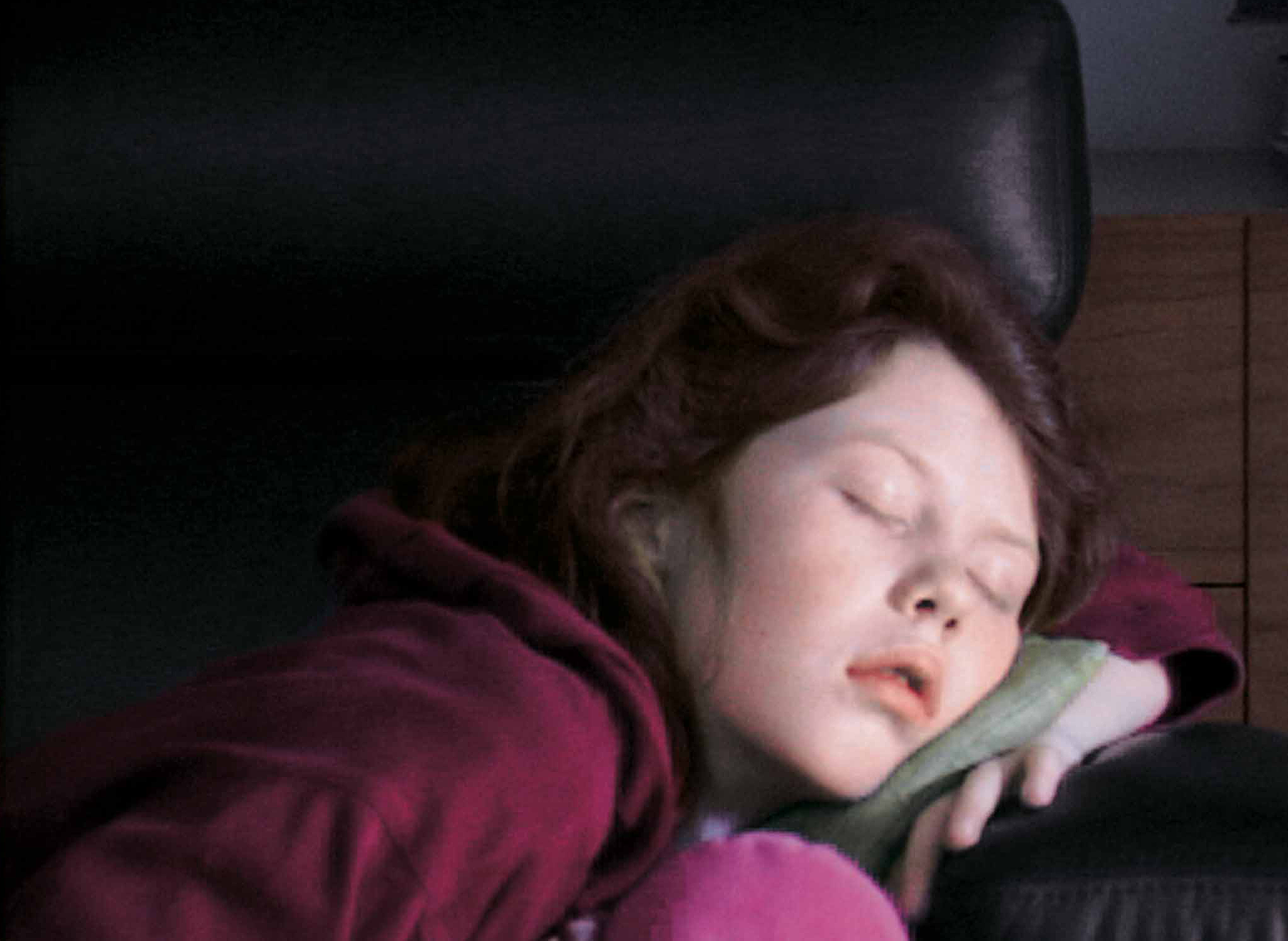
Foundation
Six artists present works that in some way critically re-stage films, media spectacles, popular culture and, in one case, private moments of daily life
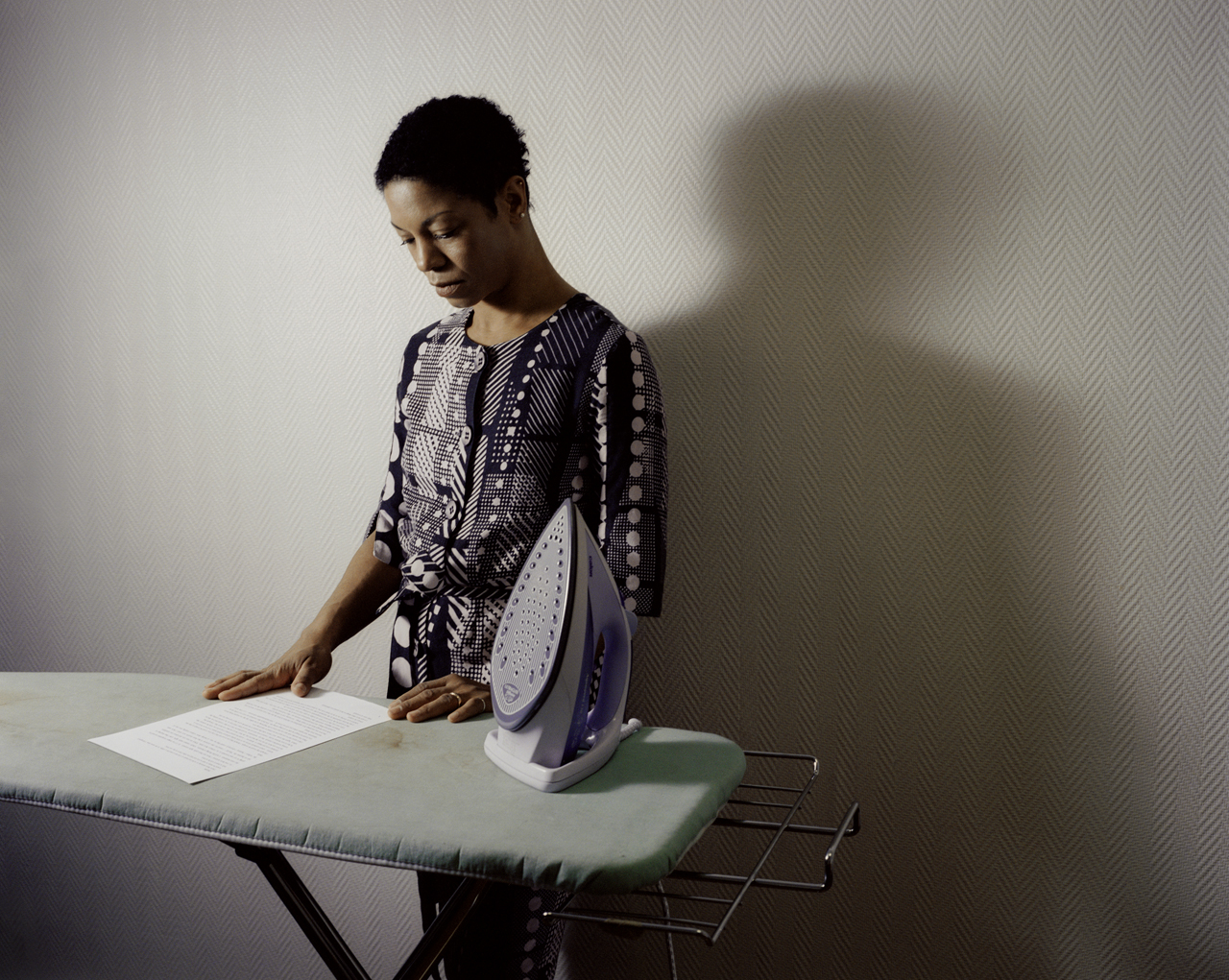
Foundation
This poetic and often touching project speaks to us all about our relation to the loved one

Foundation
DHC/ART Foundation for Contemporary Art is pleased to present the North American premiere of Christian Marclay’s Replay, a major exhibition gathering works in video by the internationally acclaimed artist
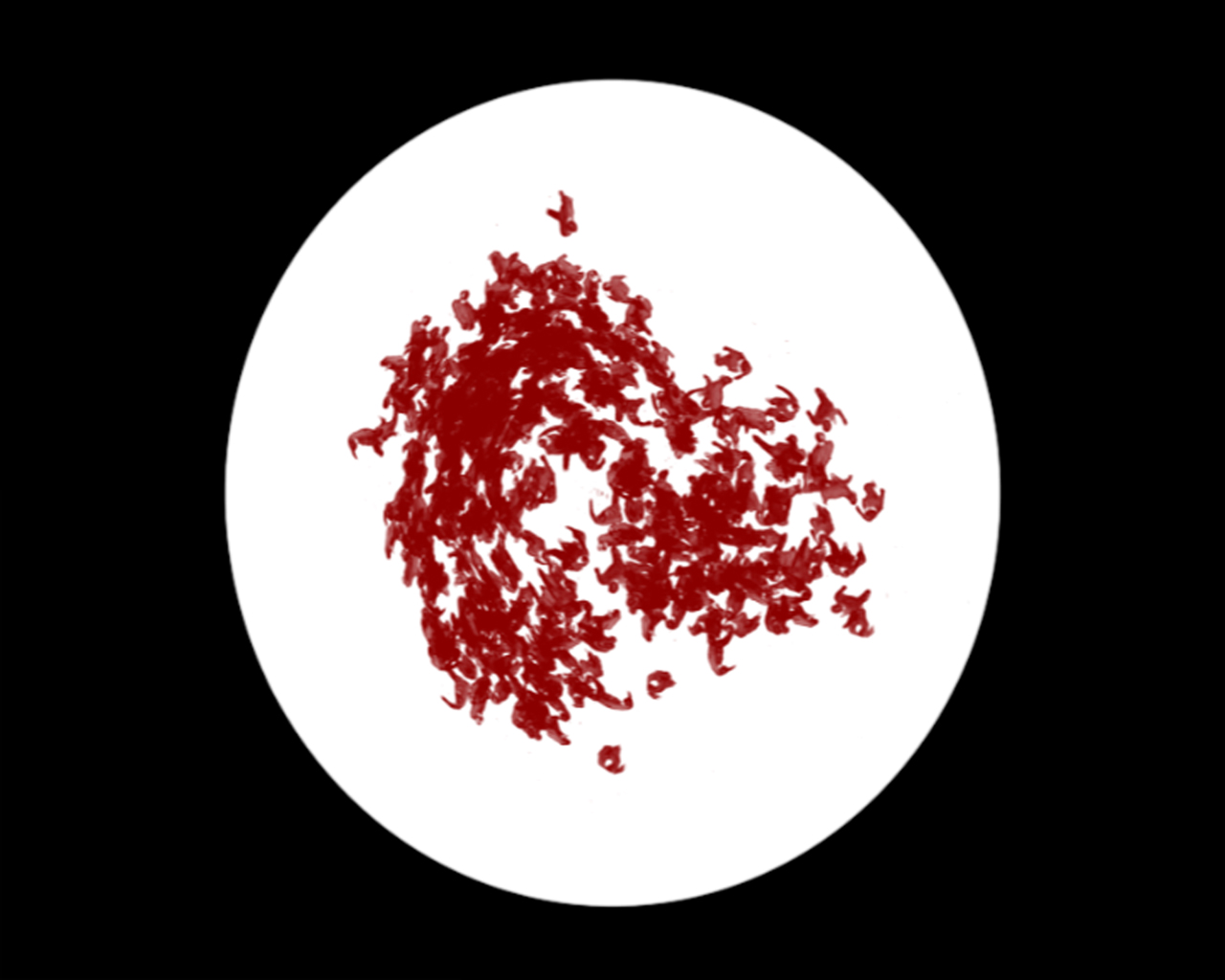
Foundation
DHC/ART is pleased to present Particles of Reality, the first solo exhibition in Canada of the celebrated Israeli artist Michal Rovner, who divides her time between New York City and a farm in Israel
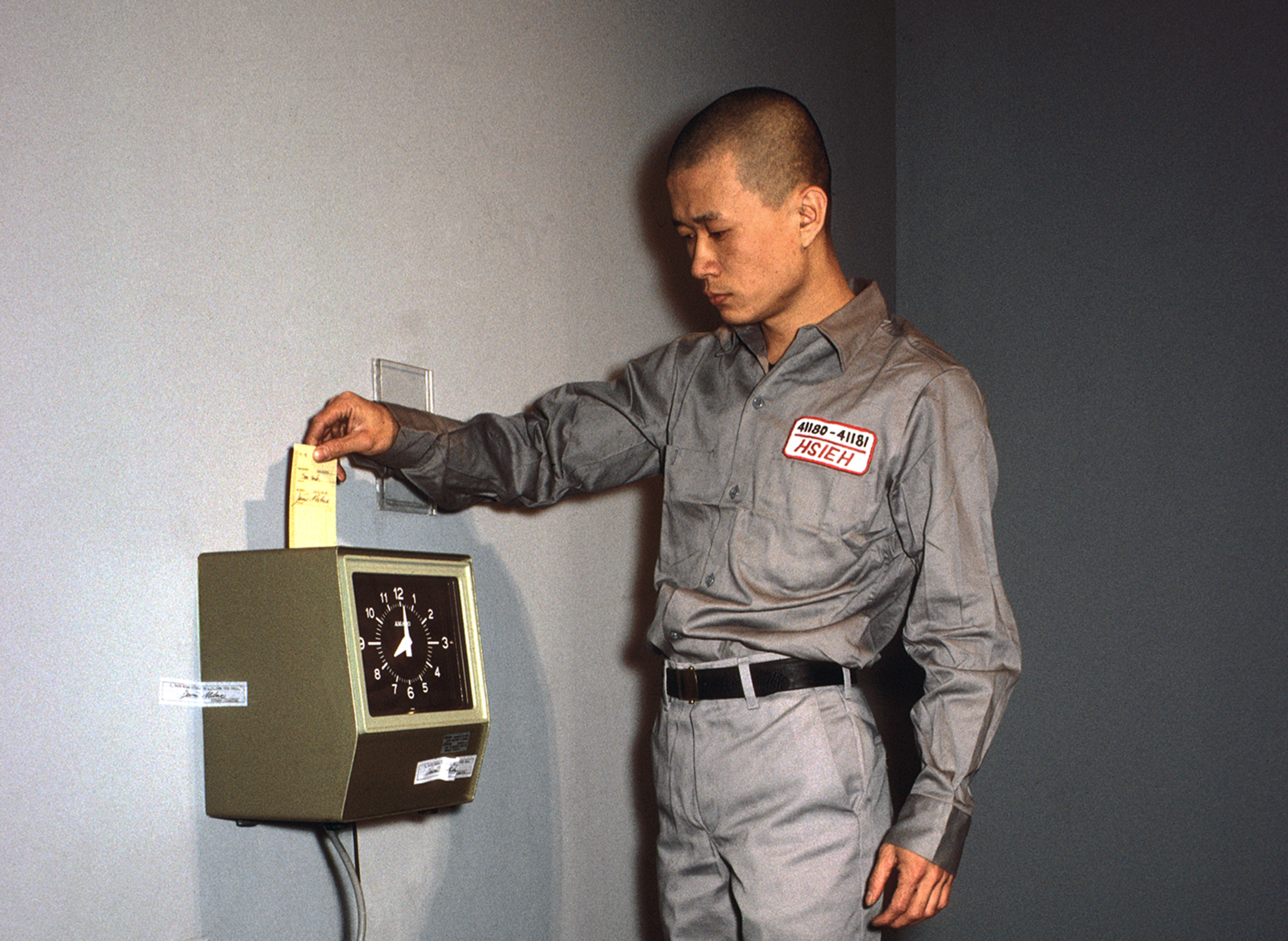
Foundation
The inaugural DHC Session exhibition, Living Time, brings together selected documentation of renowned Taiwanese-American performance artist Tehching Hsieh’s One Year Performances and the films of young Dutch artist, Guido van der Werve
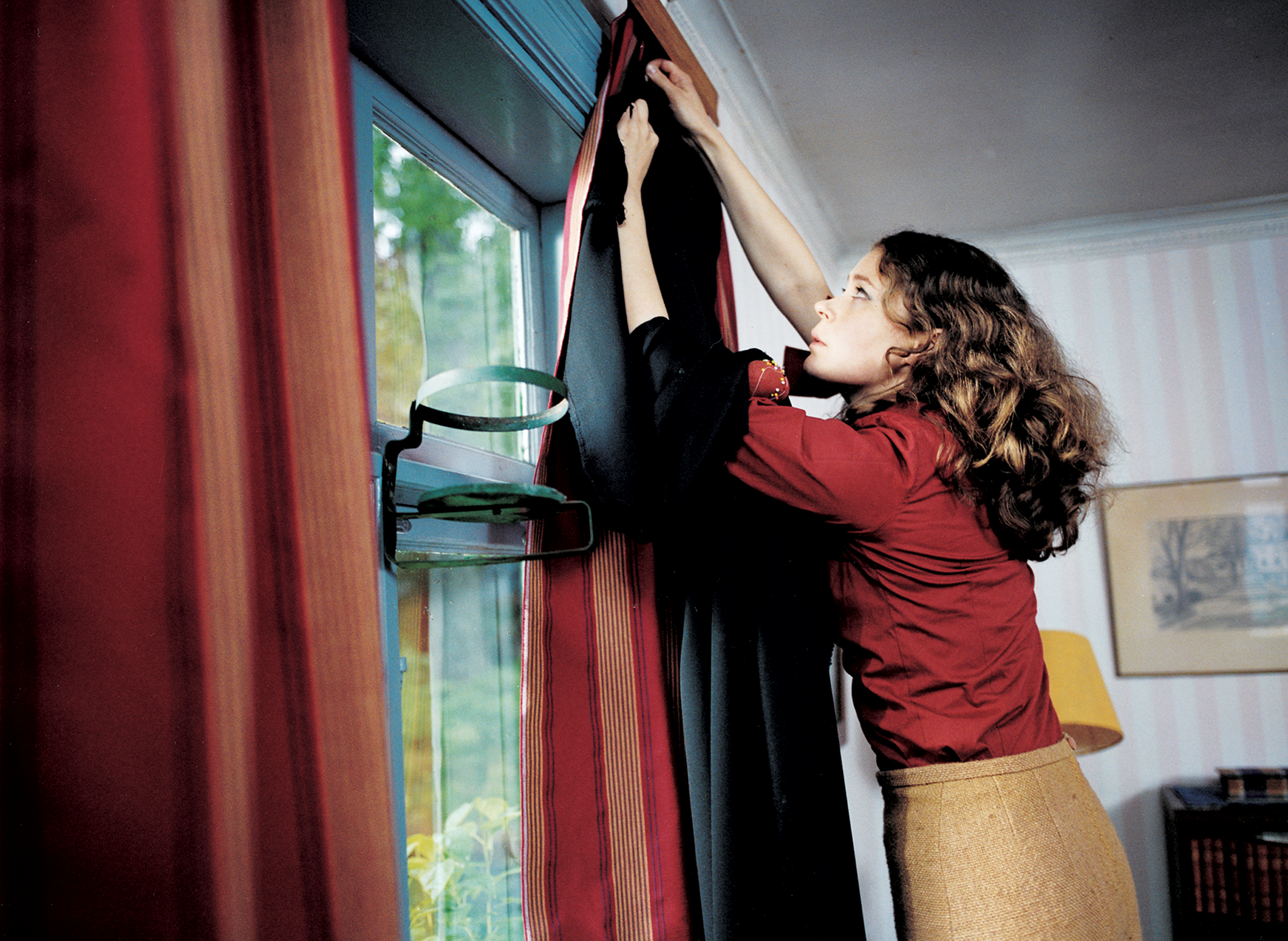
Foundation
Eija-Liisa Ahtila’s film installations experiment with narrative storytelling, creating extraordinary tales out of ordinary human experiences
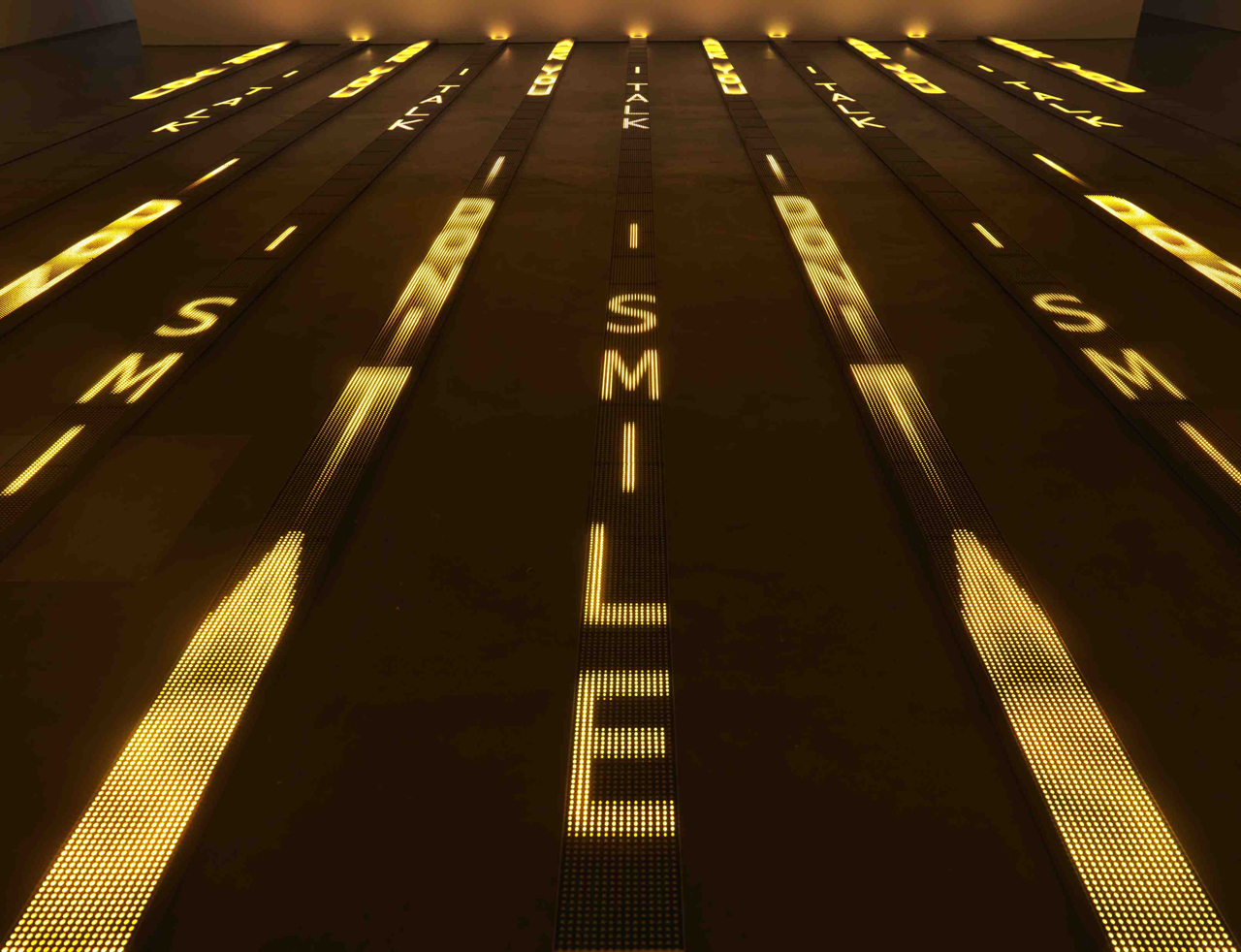
Foundation
For more than thirty years, Jenny Holzer’s work has paired text and installation to examine personal and social realities